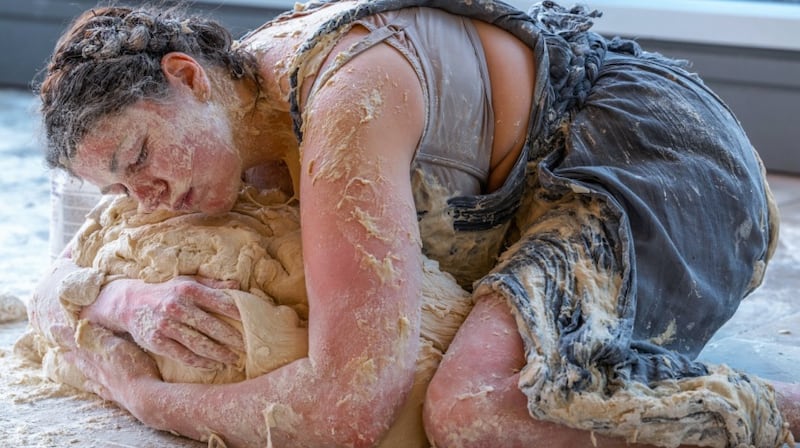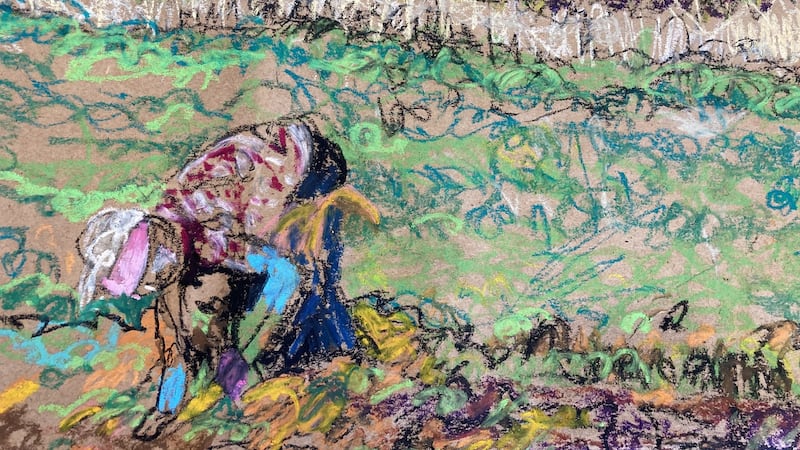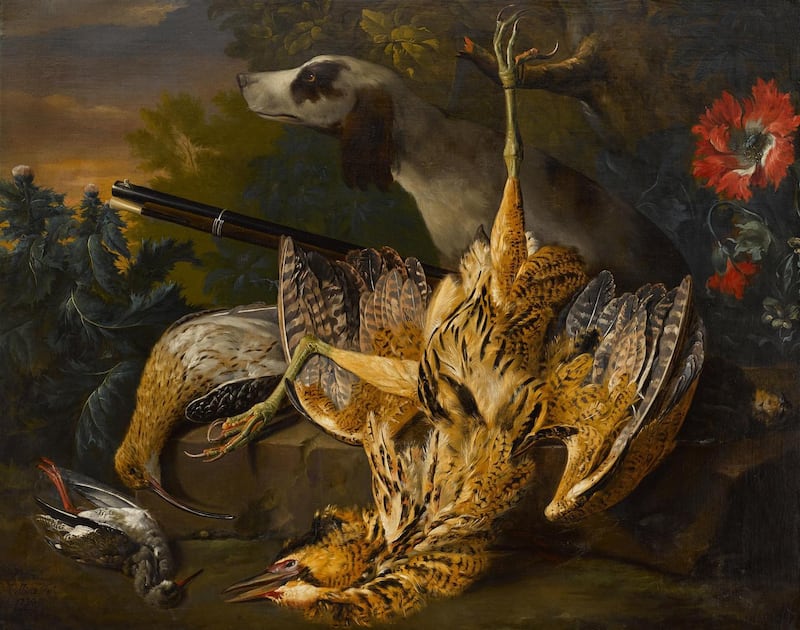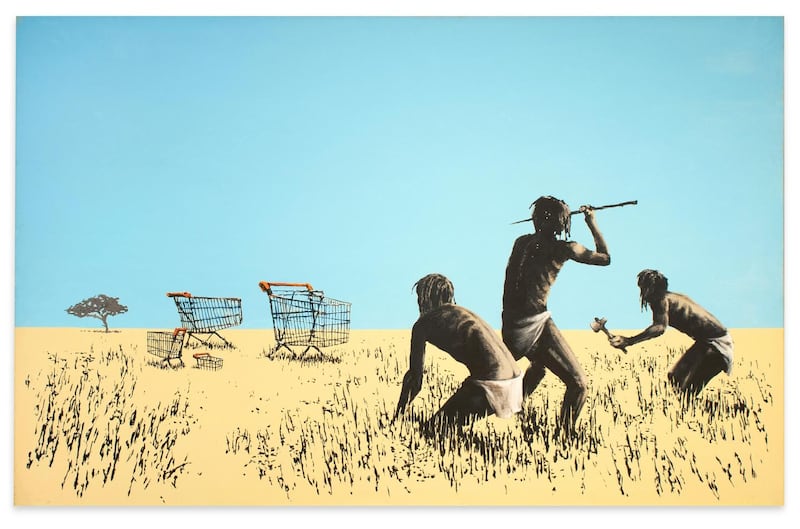For the month that's in it, when all things culinary are celebrated in The Irish Times during November's Food Month, it is almost fitting that on November 2nd, a teapot achieved in excess of €2 million.
The “exceptionally rare and important imperial Beijing enamel melon-shaped” receptacle from the Qianlong period, dating to about 1738, from the collection of Mrs EA Parry, and thence by descent, is the only example of this unique form and type to remain in a private collection.
The two other examples reside at the National Palace Museum, Taipei and the Nelson-Atkins Museum of Art, Kansas City, Missouri.
An archival record shows that a single enamel teapot was created and a further pair was subsequently made by order of the emperor; according to Bonhams, which conducted the sale, this proves that the teapot was made in the imperial enamel workshop early in the Qianlong reign.
By the 18th century, the craft of enamelling on metal had reached its highest point, with forms and designs reflecting the emperor’s extravagant and opulent taste.
“The Qianlong emperor not only demanded technical perfection but was willing to expend considerable sums in order to obtain innovative and artistically superior pieces,” according to catalogue notes.
The teapot achieved a whopping £2,062,750 (€2,415,963) including premium.
The art of sabrage, the technique of opening champagne bottles with a sabre, has fallen out of favour, presumably due to health and safety concerns along with guaranteed wastage of expensive grog. The practice became popular in France, where the sabre was the choice of weaponry during the Napoleonic wars for the Hussars, who had quite a bit to celebrate with their victories across Europe.
A superb "sabre deluxe", which belonged to Napoleon's eldest brother Joseph, achieved £312,750 (€365,441) at Bonhams' Napoleon Bonaparte sale in October.
Inscription
Emblazoned with the inscription Viva Il Re Giuseppe Napoleone (long live King Joseph Napoleon) on both sides, the sword was made for Joseph when he was King of Naples and the Two Sicilies and sold within its estimates along with a newly discovered bicorne hat believed to have belonged to his brother Napoleon Bonaparte, which achieved £200,250 (€233,987).


Currently running until January at Glór, the multi-disciplinary arts centre in Ennis, is Eggs and Butter, showcasing works by three visual artists: Emma Brennan, Emily Waszak and Rachel Macmanus.
The title references eggs-and-butter money, a popular means of financial independence for women in 20th-century rural Ireland, where women would stash away money for an emergency.
Brennan's dough installations and moving images "reference the physical and mental strengths that traditional women's crafts demand", while Macmanus's work takes the form "of concept-led observational drawings that deal with questions of women's strength in the context of contemporary everyday life in Clare", and is based on the artist spending a year travelling the country engaging with farmers.Ending on November 19th at the Gorry Gallery on Dublin's Molesworth Street is a curated exhibition and sale of Irish paintings dating from 1730 until the present day.

"Many of the works are important 18th-century rediscoveries, including a 1730s painting by Charles Collins, " according to curator James Gorry.
The work is a meticulously detailed painting of a dead game subject featuring a brace of pheasant and snipe. The Irish still-life painter had fallen into obscurity until the Tate Gallery purchased the striking Still Life with Lobster on a Delft Dish. He has since been reclaimed as an Irish painter, and is now considered to be one of the most accomplished artists to have worked here in the early and middle years of the 18th century.
‘Irish master’
Collins was specifically noted as an “Irish master” in the Dublin Evening Post, from May 4th, 1786, in connection with the sale of the collection of property developer Gustavus Hume, in which another still life painting of game was favourably noted “a dead hare, dead bird etc . . . were inferior to none.”
Also included in the exhibition are works by Hugh Douglas Hamilton, James Francis Danby, Joseph Patrick Haverty, Nathaniel Hone the younger and Walter Osborne.
And not to be outdone, Banksy – the controversial graffiti artist whose anonymous identity has become synonymous with theatrical antics – is claiming "to put consumerism and supply chains in the spotlight" with Trolley Hunters, which will make its auction debut on November 18th at a Sotheby's sale in New York.

It depicts three prehistoric hunters stalking a herd of empty supermarket trolleys. Although painted over 15 years ago, it certainly captures the theme of sparse shelves in English supermarkets today.
When first exhibited in 2006, the large-scale painted canvas was said to be “an indictment against the excesses of consumerist society”. Indeed, that indictment against consumerism is expected to fetch between $5 million and $7 million (€4.3-€6 million) next week.












